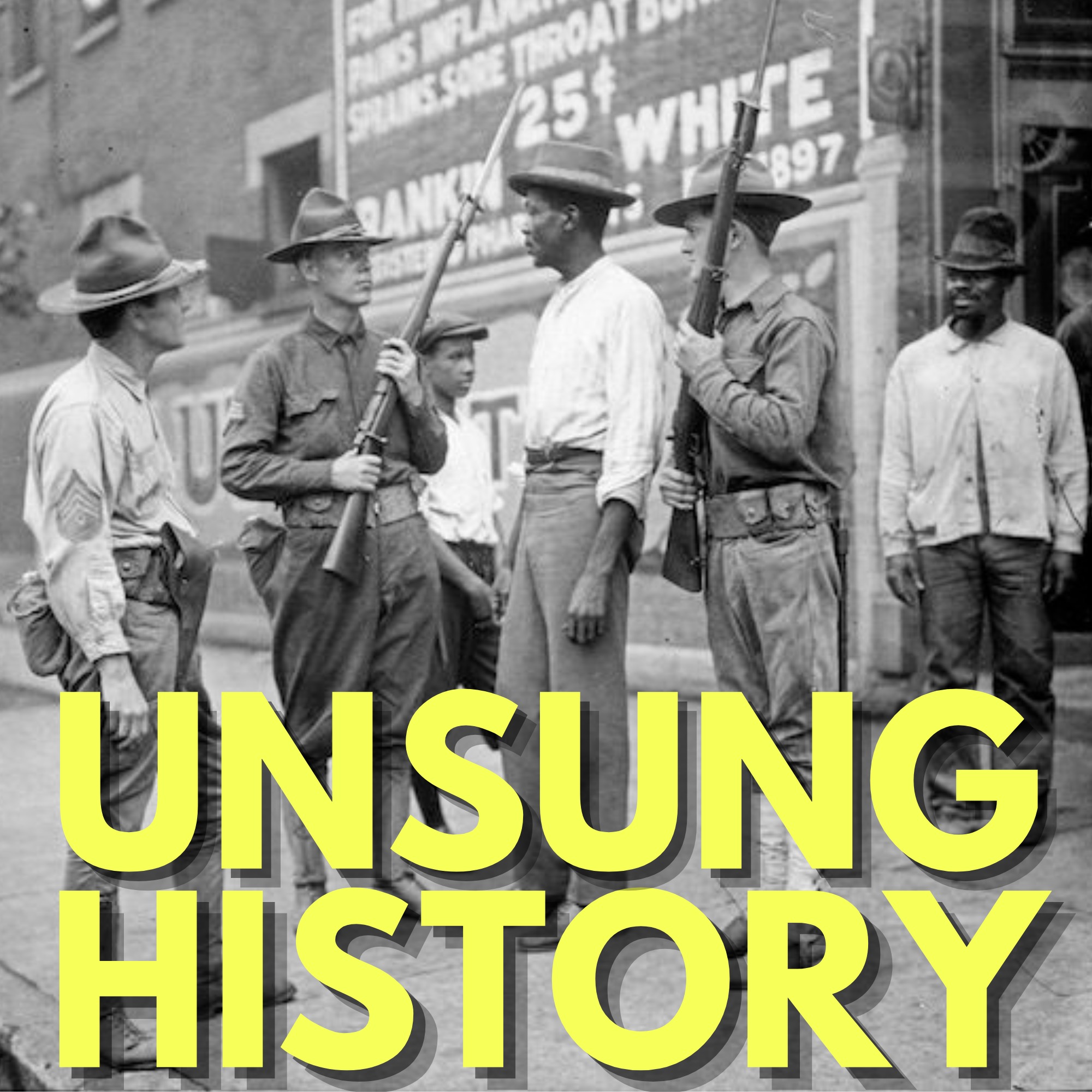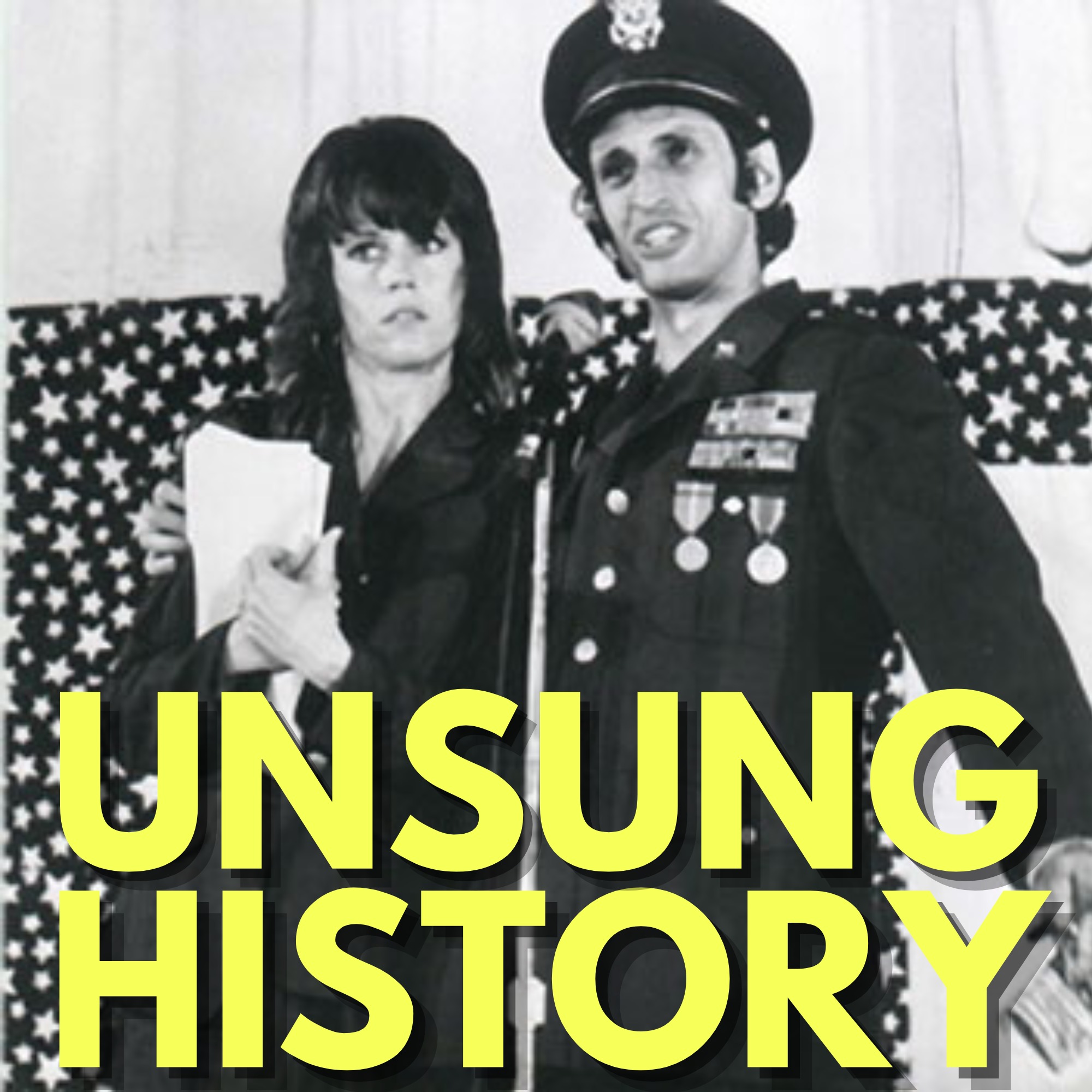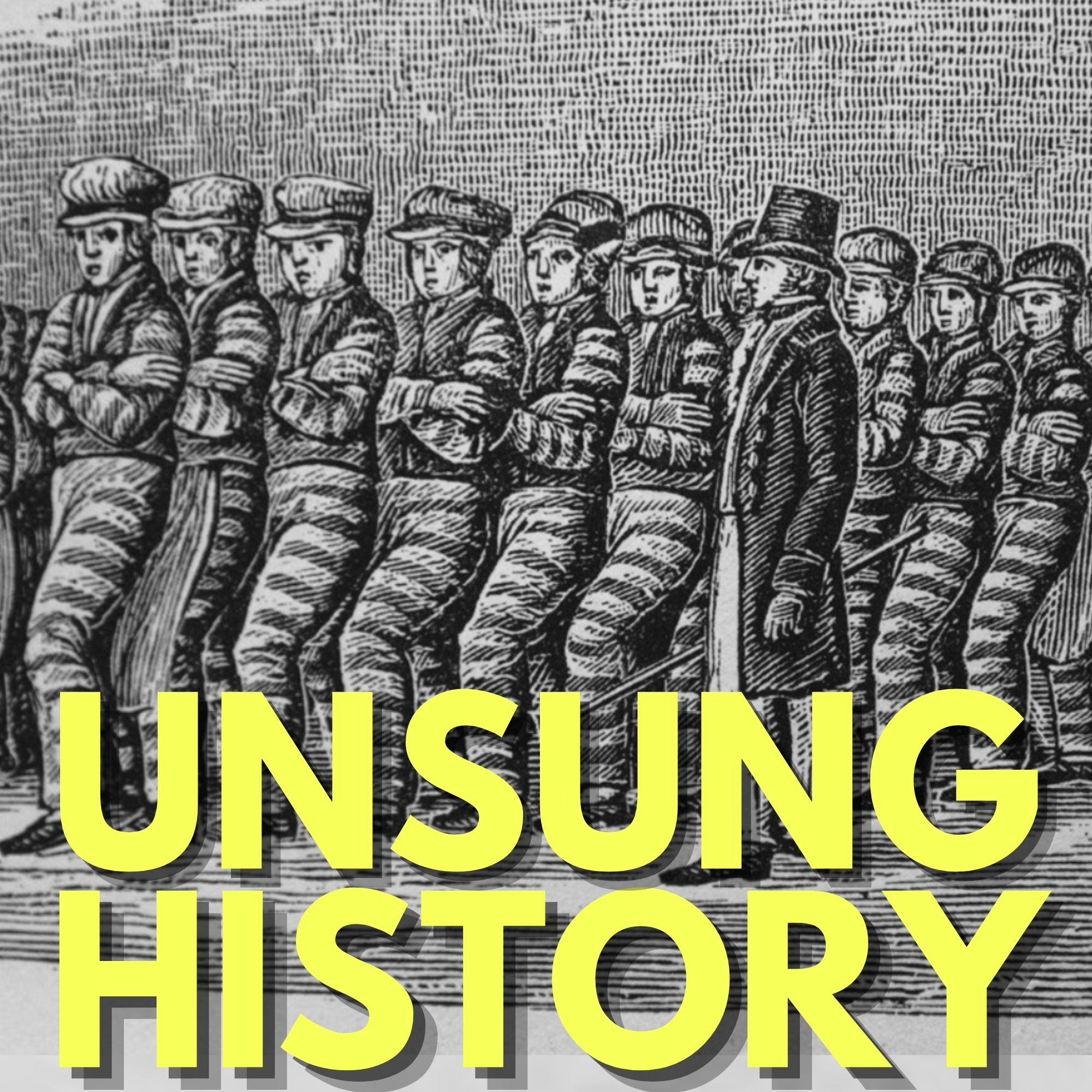The Red Summer of 1919 & Black Resistance
Description
In 1919, racial tensions in the US, exacerbated by changes brought about by the first wave of the Great Migration and by the return of Black soldiers who demanded equal citizenship from the country they’d fought for, boiled over into a summer of violence. In Washington, DC, 39 people died after days of fighting between white mobs and Black citizens who stood their ground and fought back. The events of the Red Summer are just one example of the ways that Black Americans have resisted white supremacy. Our guest this episode, Dr. Kellie Carter Jackson, the Michael and Denise ‘68 Associate Professor of Africana Studies and the Chair of the Africana Studies Department at Wellesley College and author of We Refuse: A Forceful History of Black Resistance, discusses five remedies by which Black people have responded and continue to respond to white supremacy.
Our theme song is Frogs Legs Rag, composed by James Scott and performed by Kevin MacLeod, licensed under Creative Commons. The mid-episode music is “My way's cloudy,” a traditional negro spiritual, arranged by H.T. Burleigh, and performed by Contralto Marian Anderson and a backing orchestra conducted by Rosario Bourdon, in Camden, New Jersey, on December 10, 1923; the recording is in the public domain and is available via the Library of Congress National Jukebox.
The episode image is “National Guard during the 1919 Chicago Race Riots,” photograph by Jun Fujita; the photograph has no known copyright and is available via the Chicago History Museum, ICHi-065477.
Additional Sources:
- “Close Ranks (1918),” W.E.B. Du Bois, Editorial from The Crisis, Reprinted on BlackPast.
- “Returning Soldiers (1919),” W.E.B. Du Bois, Editorial from The Crisis, Reprinted in American Yawp.
- “African-American Troops Fought to Fight in World War I,” by Richard Goldenberg, U.S. Department of Defense, February 1, 2018.
- “An American and Nothing Else: The Great War and the Battle for National Belonging,” Yale University Library Online Exhibitions.
- “Racial Violence and the Red Summer,” National Archives.
- “Red Summer of 1919: How Black WWI Vets Fought Back Against Racist Mobs,” by Abigail Higgins, History.com, July 26, 2019.
- “The Red Summer of 1919, Explained,” by Ursula Wolfe-Rocco, Teen Vogue, May 31, 2020.
- “Hundreds of black deaths during 1919’s Red Summer are being remembered,” PBS NewsHour, July 23, 2019.
- “The Red Summer of 1919,” by Julius L Jones, Chicago History Museum, July 26, 2019.
- “Red Summer: The Race Riots of 1919,” National WWI Museum and Memorial.
- “The deadly race riot ‘aided and abetted’ by The Washington Post a century ago,” by Gillian Brockell, The Washington Post, July 15, 2019.
- “One Hundred Years Ago, a Four-Day Race Riot Engulfed Washington, D.C.,”by Patrick Sauer, Smithsonian Magazine, July 17, 2019.
- “How a Brutal Race Riot Shaped Modern Chicago,” by Adam Green, The New York Times, August 3, 2019.
- “Black Communist in the Freedom Struggle: The Life of Harry Haywood,” by Harry Haywood, Edited by Gwendolyn Midlo Hall, University of Minnesota Press, May 8, 2012.
- “Our History,” NAACP.
Advertising Inquiries: https://redcircle.com/brands

























